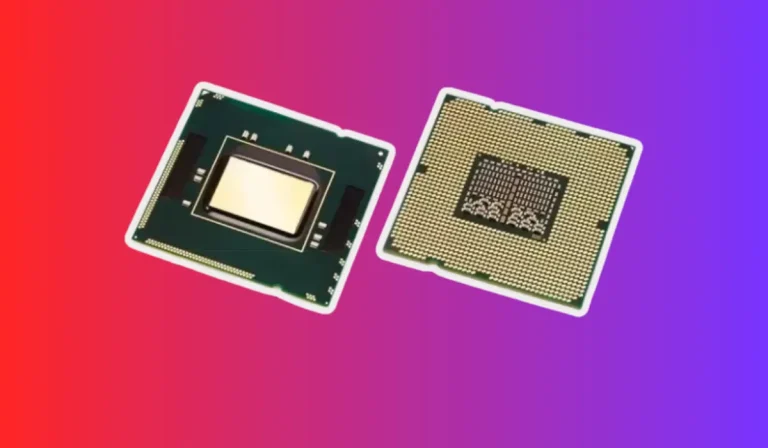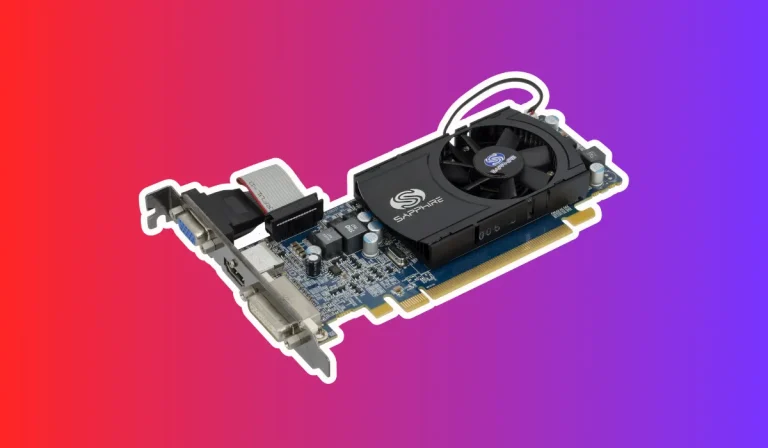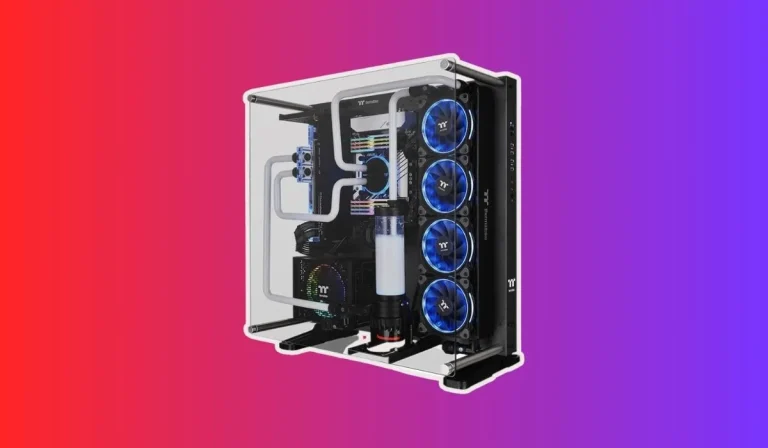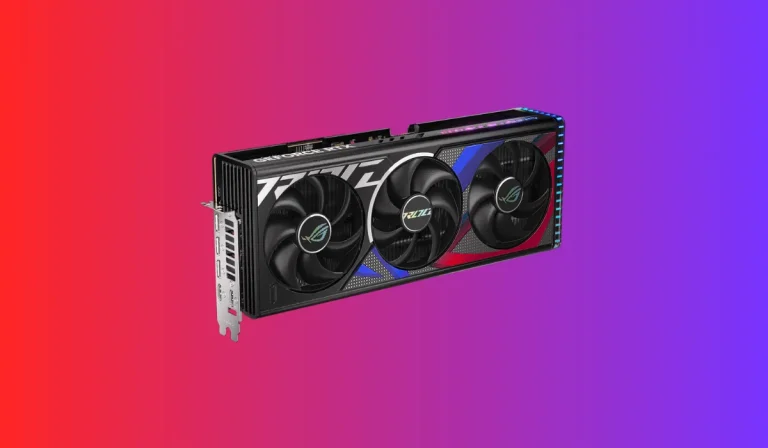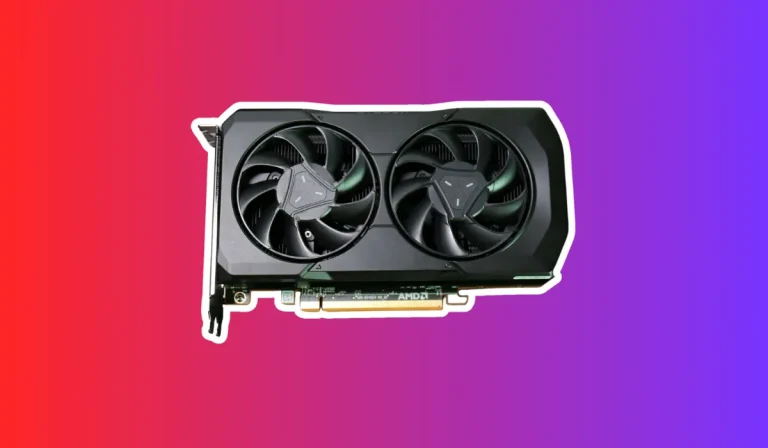Can a DDR4 motherboard run a GDDR6 graphics card?
Are you wondering if your DDR4 motherboard can handle a GDDR6 graphics card? Understanding the compatibility between these components is crucial for a smooth and efficient system.
Compatibility Considerations
Motherboard Compatibility:
The first step is to check if your DDR4 motherboard is compatible with the specific GDDR6 graphics card you intend to use. This compatibility primarily depends on the interface or slot available on the motherboard for the graphics card.
Most modern motherboards come with a PCIe (Peripheral Component Interconnect Express) slot, which is the standard interface for graphics cards. However, it is important to verify the version of PCIe supported by your motherboard, as older versions may not be compatible with GDDR6 graphics cards.
Power Supply:
Another crucial consideration is the power supply unit (PSU) of your system. GDDR6 graphics cards generally require more power compared to their predecessors. It is important to ensure that your PSU has sufficient wattage and the necessary PCIe power connectors to support the graphics card. Insufficient power supply can lead to system instability and performance issues.
Cooling and Space:
GDDR6 graphics cards tend to generate more heat due to their higher performance capabilities. It is important to ensure that your system has adequate cooling solutions, such as fans or liquid cooling, to keep the graphics card and other components at optimal temperatures. Additionally, check if your motherboard has enough physical space to accommodate the graphics card, as some models can be larger in size.
The Importance of Matching Memory Types
Memory Controller Compatibility:
DDR4 memory modules are designed to work with the memory controller on the motherboard, while GDDR6 memory is specifically designed for graphics cards. The memory controller is responsible for managing the data flow between the CPU and the memory modules. If the memory types do not match, the memory controller may not be able to communicate effectively with the graphics card, resulting in performance issues or even system instability.
Bandwidth and Speed:
DDR4 memory modules and GDDR6 graphics cards operate at different speeds and offer varying bandwidth capabilities. DDR4 memory modules typically have higher latency but offer larger memory capacities, making them suitable for general system operations.
On the other hand, GDDR6 memory is optimized for graphics-intensive tasks, offering faster data transfer rates and lower latency, which is crucial for handling high-resolution graphics and complex visual effects. Matching the memory types ensures that the system can leverage the specific capabilities of each component and deliver optimal performance.
Overall System Performance:
Matching memory types not only ensures compatibility but also contributes to the overall performance of the system. When the memory types align, the system can effectively utilize the available memory resources, resulting in smoother multitasking, faster data processing, and improved graphics performance. Mismatched memory types can lead to bottlenecks and limit the system’s ability to perform at its full potential.
Upgrading Options
Graphics Card Upgrade:
If you have a DDR4 motherboard and want to use a GDDR6 graphics card, one option is to upgrade your graphics card to a model that is compatible with your motherboard’s PCIe slot. Before upgrading, ensure that your motherboard’s PCIe version and power supply can support the new graphics card. Upgrading the graphics card can significantly improve your system’s graphical capabilities and allow you to enjoy smoother gameplay and better visual effects.
Motherboard Upgrade:
If you have a specific GDDR6 graphics card in mind and your current DDR4 motherboard is not compatible, you may consider upgrading your motherboard. Upgrading to a motherboard that supports the necessary PCIe version and has the required power connectors can open up compatibility with GDDR6 graphics cards. However, upgrading the motherboard may also require additional upgrades, such as a compatible CPU and memory modules, depending on the motherboard’s socket and chipset.
System Upgrade:
In some cases, upgrading both the graphics card and the motherboard may be necessary to ensure compatibility and maximize performance. This option allows you to build a system that is specifically tailored to your needs and can accommodate the latest technologies. However, a full system upgrade may involve additional costs and require transferring data and reinstalling software.
FAQs
1. Can a DDR4 motherboard support a GDDR6 graphics card?
No, DDR4 and GDR6 are different types of memory and are not directly compatible. DDR4 refers to the system memory used by the motherboard, while GDDR6 is the dedicated memory used by graphics cards. The motherboard and graphics card need to have compatible memory types to work together effectively.
2. What will happen if I try to install a GDDR6 graphics card on a DDR4 motherboard? Attempting to install a GDDR6 graphics card on a DDR4 motherboard that is not compatible can lead to system instability or even failure to boot. The memory types need to match for proper communication and performance between the motherboard and graphics card.
3. Can I upgrade my DDR4 motherboard to support a GDDR6 graphics card?
No, upgrading the motherboard alone will not make it compatible with a GDDR6 graphics card. The memory types used by the motherboard and graphics card are inherently different, and compatibility depends on the specific hardware specifications.
4. Is there any workaround to make a DDR4 motherboard work with a GDDR6 graphics card?
Unfortunately, there is no workaround to make a DDR4 motherboard directly compatible with a GDDR6 graphics card. The memory types are designed differently to serve their specific purposes and cannot be interchanged.
5. What are my options if I want to use a GDDR6 graphics card with my DDR4 motherboard?
If you have a DDR4 motherboard and want to use a GDDR6 graphics card, you may need to consider upgrading either the graphics card or the motherboard (or both) to ensure compatibility.
Conclusion
when it comes to pairing a DDR4 motherboard with a GDDR6 graphics card, compatibility is of utmost importance. Without matching memory types, the system may experience performance issues, instability, or even failure to boot. Upgrading options such as the graphics card, motherboard, or even the entire system may be necessary to achieve compatibility.

